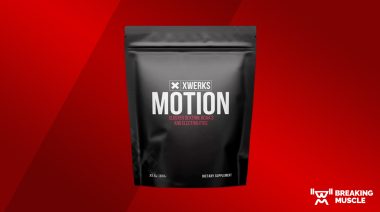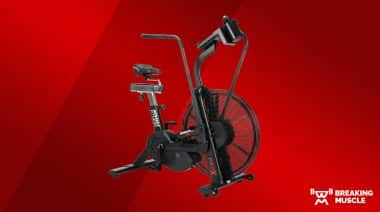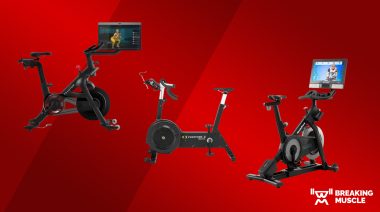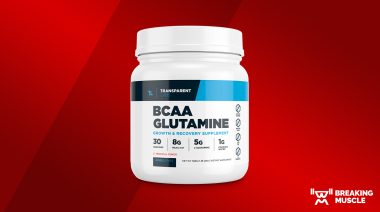Pulse Beat Fit receives no compensation in exchange for reviews. We received this product for free and did not experience typical customer service. The opinions expressed belong solely to the writer.
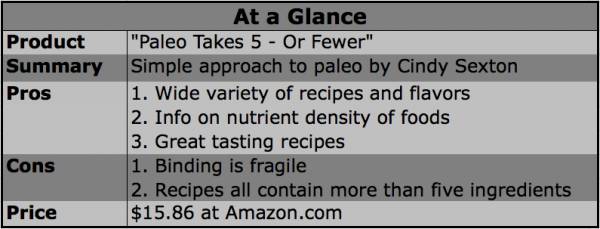
Paleo cookbooks often fall into one of two camps:
- Recipes are way too simple and involve mostly grilling
- Recipes are for foodies and way too complicated for those new to the diet
Paleo Takes 5 – Or Fewer attempts to walk the line between those categories, offering minimalist recipes that still deliver gourmet flavor. Author Cindy Sexton is the brains behind this book and the website PALEOdISH.
About the Book
The secondary title of this cookbook explains everything you need to know about Cindy’s concept and framework: “Healthy Eating Was Never Easier With These Delicious 3, 4 and 5 Ingredient Recipes.” Rather than organize the recipes by the type of dish (i.e. appetizers, main courses, desserts), the recipes in this book are arranged into three-, four-, or five-ingredient recipes.
“My husband and I both enjoyed every single one of these recipes. And because I am obsessed with cooking and do have a well-stocked pantry, I found these recipes to be straight-forward and relatively simple for a busy weekday evening.”
But while these recipes may not have a ton of ingredients, that doesn’t mean they’re necessarily easy or that the ingredients are hanging out in your standard grocery store. This could be a pro or a con, depending on who you are and where you are in your paleo journey. For some, the inclusion of a wide variety of seafood and offal will be a sight for sore eyes, for others it will be a budget-buster.
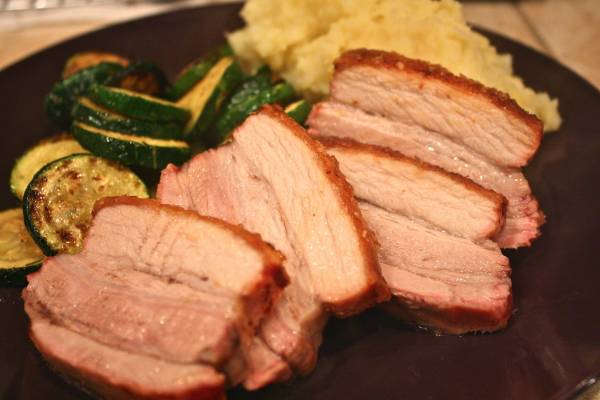
Pork Belly with Garlic Mashed Potatoes
“Nutrient-Dense” Defined
An interesting section in the opening of the book is the discussion on what it means for food to be “nutrient dense.” We hear a lot about the necessity of eating nutrient-dense food, but do we actually know what that means? With the help of Mat Lalonde, who has a PhD in organic chemistry from Harvard, Cindy outlines how to measure nutrient density, as well as how various vitamins and minerals benefit our bodies.
RELATED: How to Evaluate Your Training in Terms of Your Epigenetics
A large portion of the recipes also include an inset that explains specific aspects about the food’s vitamin and mineral content. In the back of the book are charts illustrating this about all sorts of foods, as well. So if you want to geek out on science and numbers, you’ll find plenty on those pages.
Recipes I tried included:
- Pork Belly With Garlic Mashed Potatoes
- Sage-Infused Mustard and Onion Pork Chops
- Indian Butter Chicken
- Rosemary and Lamb Potato Pie
- Roasted Turkey Breast With Apple-Orange-Cranberry Sauce
- Slow-Cooker Cabbage and Beef Casserole
- Moroccan Lamb Burgers
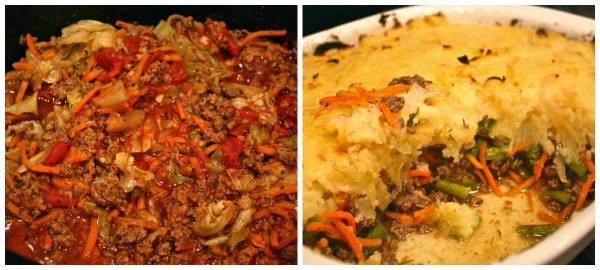
LEFT: Slow-Cooker Cabbage and Beef Casserole; RIGHT: Rosemary and Lamb Potato Pie
My husband and I enjoyed every single one of these recipes. And because I am obsessed with cooking and do have a well-stocked pantry, I found these recipes to be straight-forward and relatively simple for a busy weekday evening. Your experience may or may not be similar, based on your overall experience level in the kitchen. I would not say that this book is a highly complicated or “gourmet” cookbook, though. It is real food for real people.
“With the help of Mat Lalonde, who has a PhD in organic chemistry from Harvard, Cindy outlines how to measure nutrient density, as well as how various vitamins and minerals benefit our bodies.”
Also, unlike many paleo cookbooks I’ve encountered, the serving numbers seem to be accurate on these recipes. (Pretty sure most people eating paleo are starving based on other books.) In fact, the surplus of apple-orange-cranberry sauce I wound up with led to our discovery that it tastes amazing on ice cream. So, you never know what good leftovers (or slight paleo deviations) can lead to.
RELATED: What Our Dietary Guidelines Should Be
Considerations
One thing to know is that the idea of five or fewer ingredients is conceptual, and not so factual. There are no true five-ingredient or fewer recipes in this book because the author does not count ingredients she believes you should always have stocked in your kitchen. It’s important to know that, otherwise the book will feel kind of like clickbait to you.
Not included in the “five or fewer” ingredients are:
- Water
- Salt and pepper
- Cooking fats
- Vinegars
- Commonly found dried herbs and spices
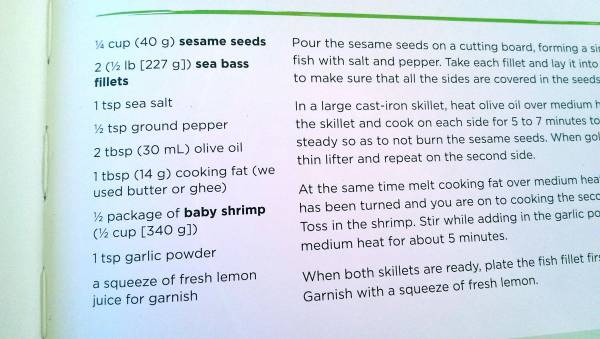
A sample ingredient list from the book – the bold items count toward the total of three
The construction of the book is also not the best. I think I mostly destroyed the binding on mine almost immediately. I know my book is not an anomaly, as I see this complaint from a few people in the Amazon reviews, as well. (On the plus side, with a broken binding it lays really flat in my cookbook holder.)
“There are no true five-ingredient or fewer recipes in this book because the author does not count ingredients she believes you should always have stocked in your kitchen.”
My Recommendation
This book tries to walk the line between simple and affordable and gourmet and exotic. In some ways, it fails at both. There are no affordable Ferraris, people. Nor easily acquired beef cheeks.
But with that said, this book has a lot of strengths. I enjoyed that it covered everything from mussels to pork chops. And I’ve never once owned a cookbook where I used every single recipe, so I don’t find frustration in the fact that not every recipe in this book is for me. On the other hand, if you’re new to paleo, the simple approach of this book just might lead you into trying some new things.
In the end, I think the book is full of great recipes, but suffers from misguided packaging and marketing.
“Paleo Takes 5 – Or Fewer” is available for $15.86 at Amazon.com.

